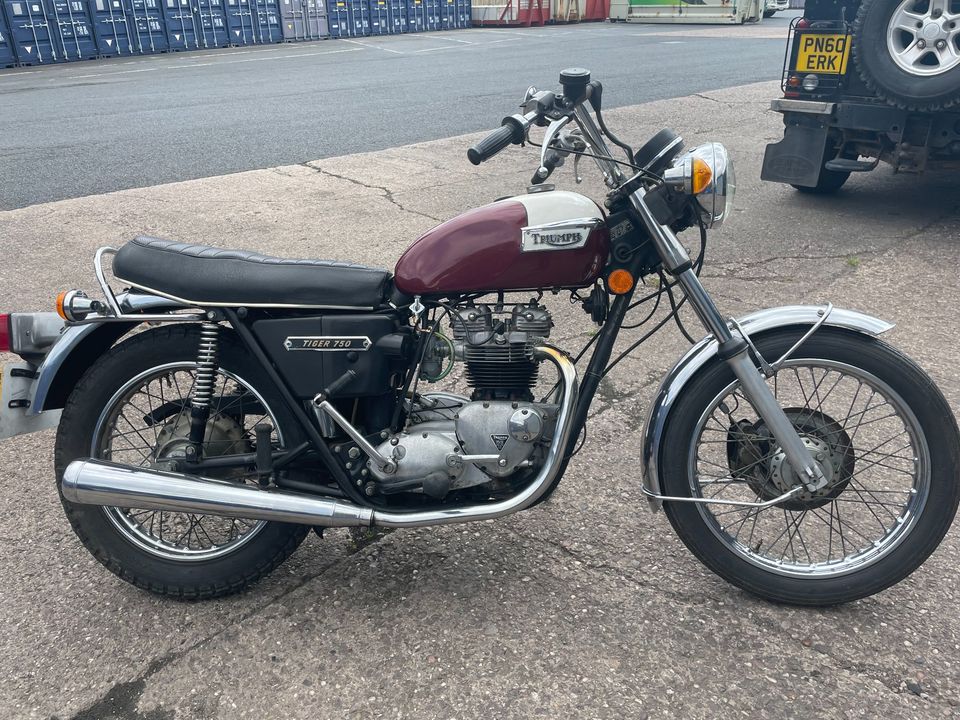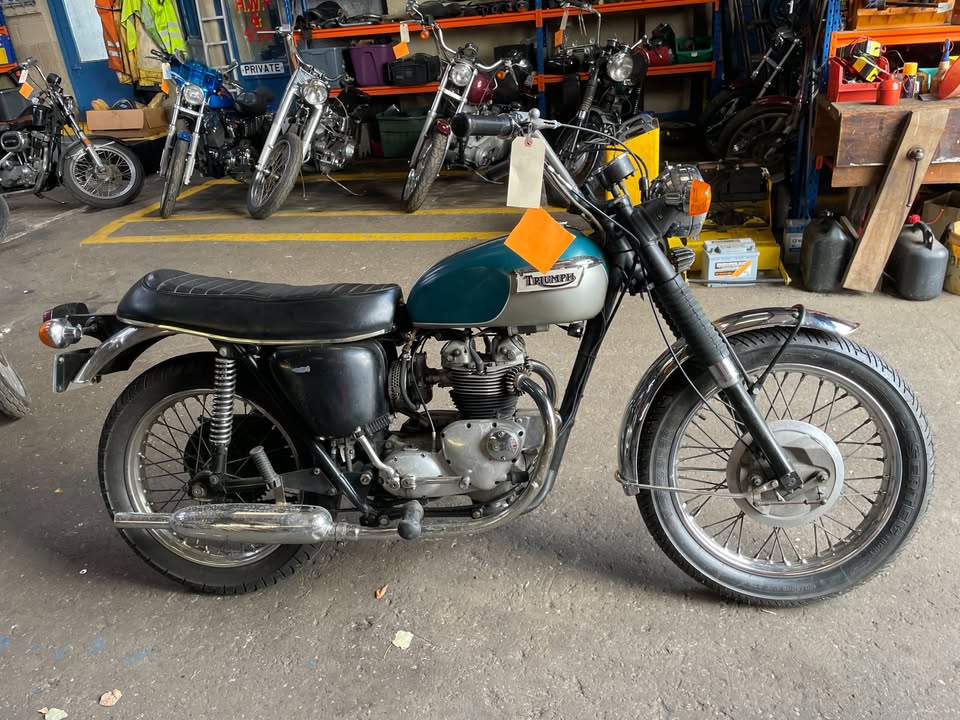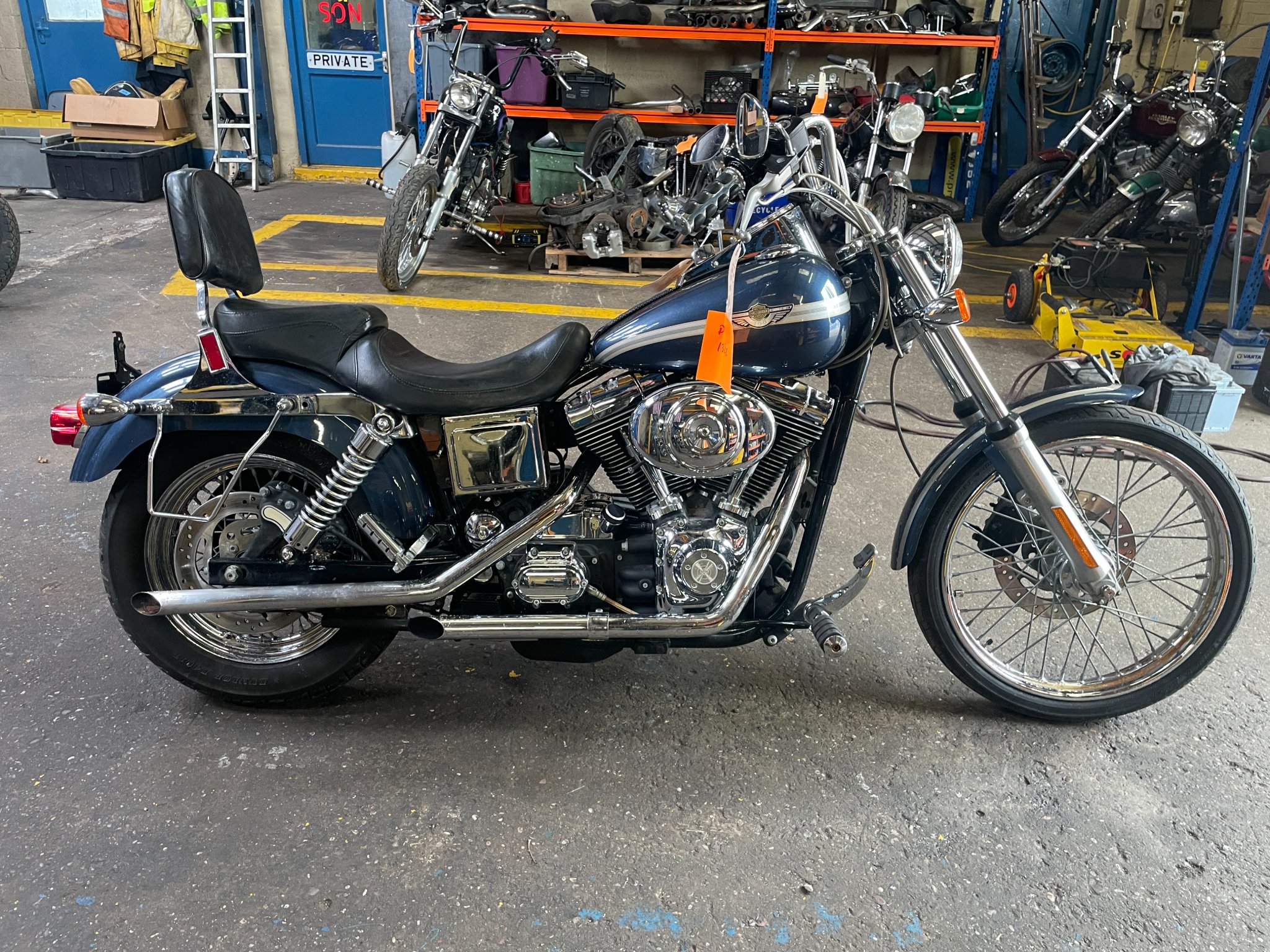Classic and Classy Motorcycles Ltd
Vintage and Classic Motorcycle Importers
1973 Triumph TR7RV 750 Tiger Matching Number

1973 Triumph TR7RV Tiger 750 - A British Icon
The 1973 Triumph TR7RV Tiger 750 is a motorcycle that stands out in the history of British motorcycling for its blend of style, performance, and technical sophistication. Known for its matching numbers, which is a mark of authenticity and originality, this model is a prized possession for enthusiasts and collectors alike. This article delves into the historical context, specifications, and the cultural impact of this iconic bike.
Historical Context
The Triumph TR7RV Tiger 750, introduced in the early 1970s, was part of Triumph's efforts to keep pace with the rapidly evolving motorcycle market. At a time when competition from Japanese manufacturers was intensifying, the TR7RV was a statement of Triumph's engineering prowess and commitment to performance.
Motorcycle Specification Details
- Engine: 750cc air-cooled, OHV parallel-twin
- Power Output: Approximately 50 bhp
- Transmission: 5-speed gearbox
- Frame: Tubular steel cradle
- Braking System: Front disc brake and rear drum brake
- Weight: Around 205 kg (dry)
The TR7RV was known for its robust engine and reliable performance. Its air-cooled, OHV parallel-twin engine was capable of delivering smooth power, making it suitable for both city riding and longer journeys.
Performance Metrics
With a top speed of around 110 mph, the Triumph TR7RV Tiger 750 was among the faster motorcycles of its time, offering thrilling acceleration and cruising capabilities.
Technical Advancements
The introduction of a 5-speed gearbox was a significant improvement over previous models, enhancing the bike's versatility and rider comfort. The front disc brake, a relatively new feature at the time, provided much-needed improvements in stopping power and safety.
Style
The TR7RV Tiger 750's styling was quintessentially British, with a classic silhouette that has aged gracefully. Its simple yet elegant design, combined with the distinctive sound of its parallel-twin engine, made it an icon of the era.
Evolution of the Model
While the TR7RV maintained the classic Triumph lines, it introduced technological updates that kept it competitive. These enhancements included the transition from a 4-speed to a 5-speed gearbox and from drum to disc brakes at the front, reflecting Triumph's response to the evolving demands of motorcyclists.
Cultural Impact
The Triumph TR7RV Tiger 750 not only served as a reliable and stylish ride for thousands but also carved out a niche in motorcycling culture. It became a symbol of freedom and rebellion, often associated with the spirit of adventure that defined the era.
Racing Heritage
Though the TR7RV was not primarily designed as a race bike, its robust engine and handling characteristics made it a favorite among amateur racers and enthusiasts. Its performance on and off the track helped cement Triumph's reputation in competitive motorcycling.
Media and References
The Tiger 750 has been featured in various motorcycle magazines, books, and retrospectives, often highlighted for its significance during a pivotal time in motorcycle history. It remains a popular subject for restoration projects and vintage motorcycle exhibitions.
Competitors
In the marketplace of the early 1970s, the Triumph TR7RV faced stiff competition from the likes of the Honda CB750 and the Kawasaki Z1. However, its distinct character and British heritage allowed it to maintain a loyal following.
The 1973 Triumph TR7RV Tiger 750 remains a testament to Triumph's legacy, offering a glimpse into a golden era of motorcycling that continues to captivate enthusiasts around the world.
Find Classic Motorcycles
Stay in the loop - Subscribe for Updates
One email notification a month when a new shipment arrives.
 1971-Triumph-500cc-T100c-Tiger-Ref-1561
1971-Triumph-500cc-T100c-Tiger-Ref-1561 2003-Harley-Davidson-Anniversary-Dyna-Wide-Glide-FXDWG-1450cc-Ref-D1322
2003-Harley-Davidson-Anniversary-Dyna-Wide-Glide-FXDWG-1450cc-Ref-D1322